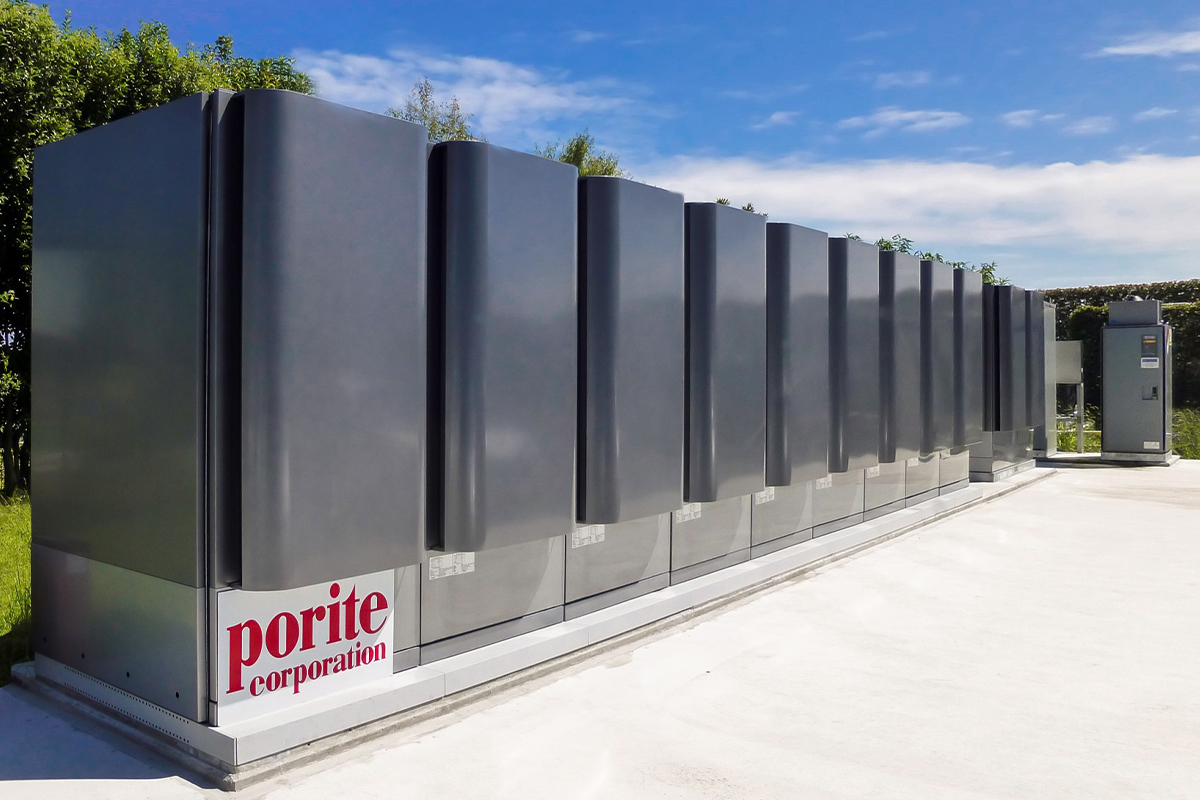Introduction
With the strengthening of global environmental awareness and technological advancements, renewable energy sources such as solar, wind, and hydro power are increasingly gaining market attention. The issue of global warming has made carbon reduction a trend, positioning clean energy, which can replace traditional fossil fuels, as the most significant niche in the future energy market.
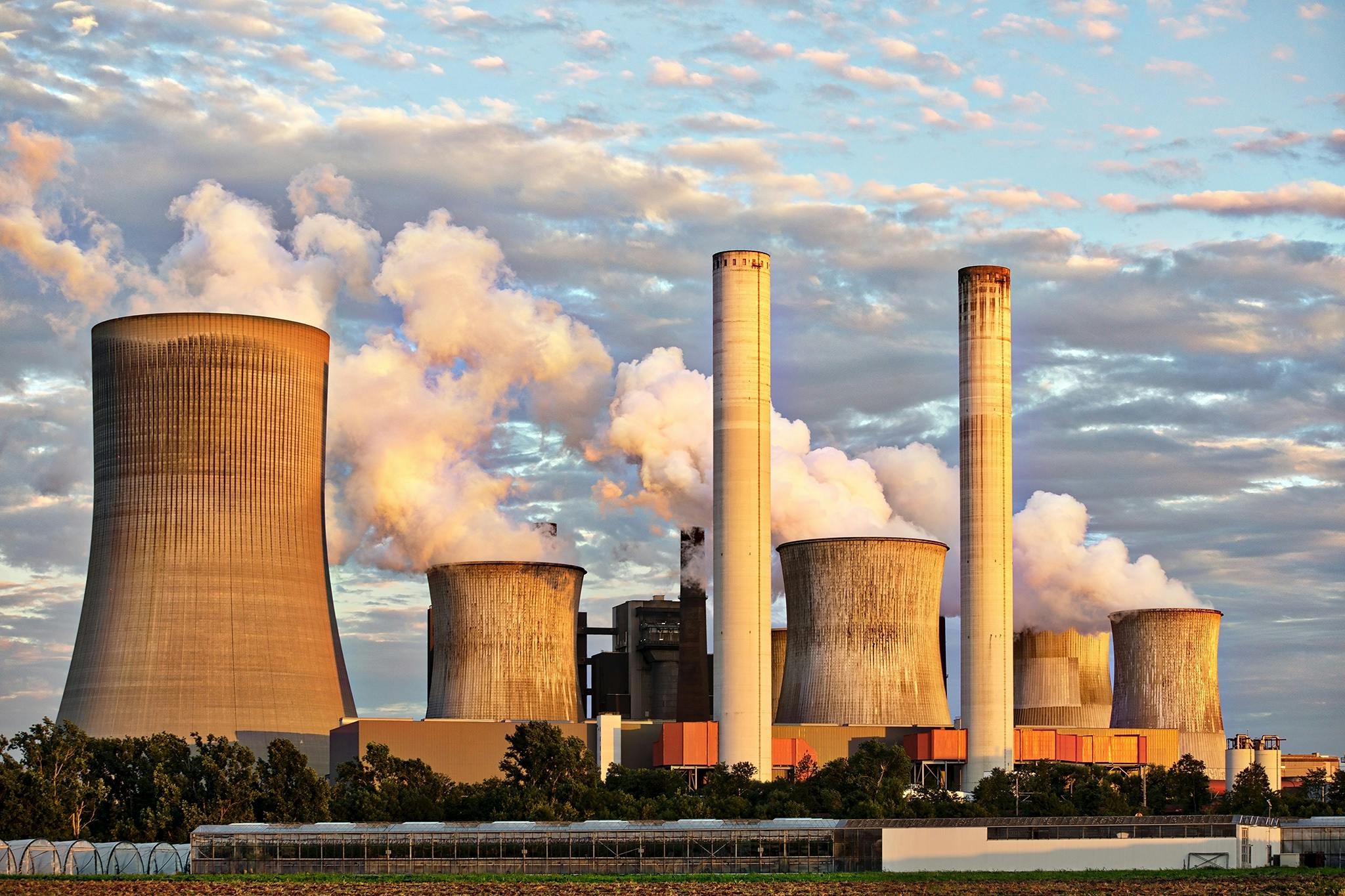
Porite Taiwan’s Investment in the Energy Industry
Since 2005, Porite Taiwan has been actively investing in the energy industry, becoming a supplier of components for solid oxide fuel cells (SOFCs). SOFCs, combined with carbon capture capabilities, will be the most effective green energy equipment in the future to help businesses achieve carbon reduction and energy savings.
In addition to power generation equipment, the use of solid oxide electrolysis cells (SOECs) for hydrogen production has led to many mature commercial products and solutions available in the market. Porite Taiwan is leveraging its technical advantages to actively expand in this area, expecting to introduce a significant number of related components into the electrolysis cell market in the coming years.
Moreover, with the increase in electricity consumption, the instability of power grids continues to trouble many countries. Therefore, the importance of large-scale energy storage equipment is growing, becoming indispensable for modern countries and enterprises. In recent years, Porite Taiwan has been continuously expanding into this market, aiming to assist energy storage equipment manufacturers in producing critical components through its powder metallurgy technology and decades of manufacturing experience.
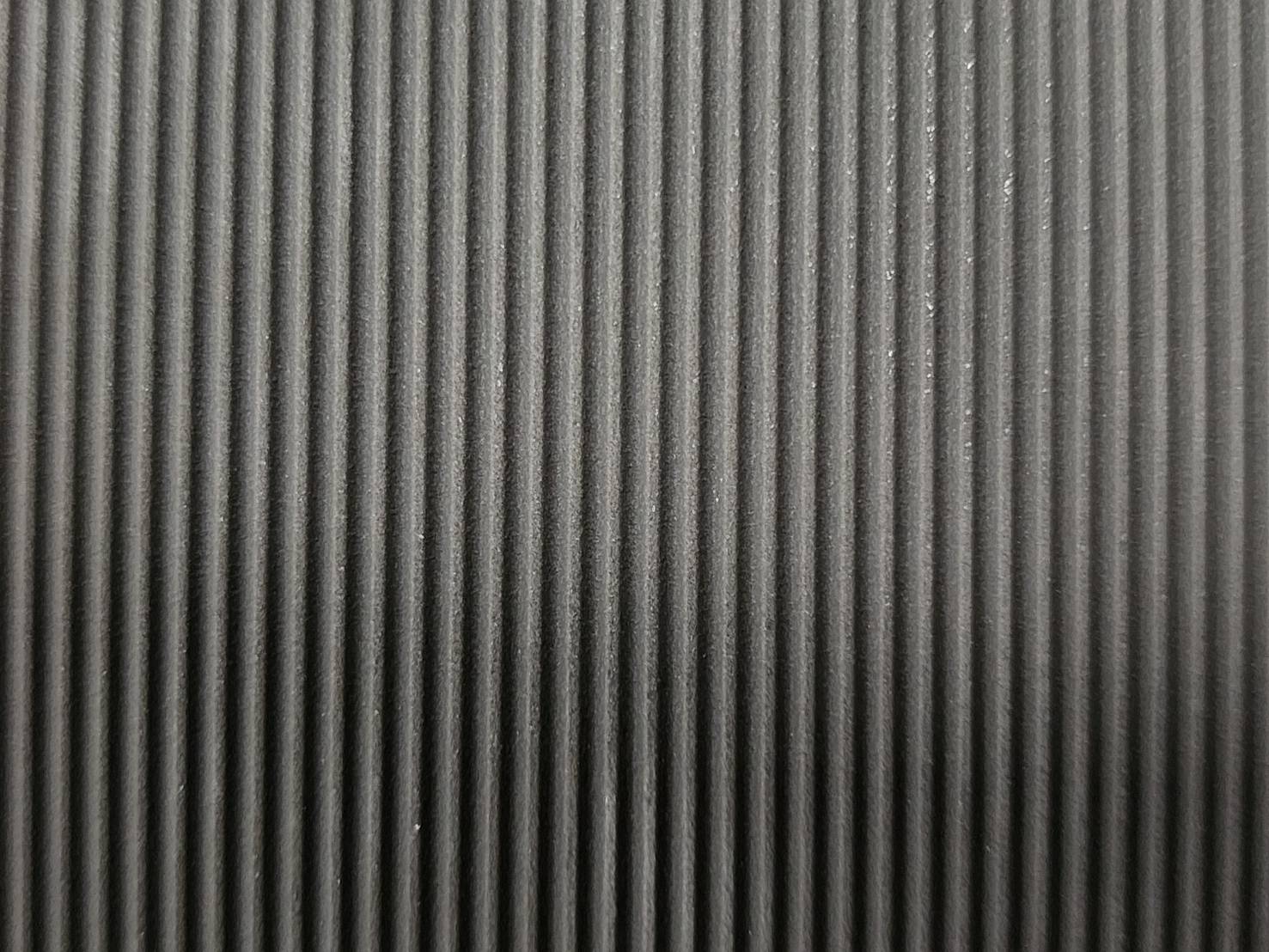
Applied Area

Principle: Solid oxide fuel cells are electrochemical devices that convert chemical energy directly into electrical energy through the chemical reaction of fuel (such as hydrogen or hydrocarbons) with oxygen. The main components of an SOFC include the anode, cathode, and electrolyte. The electrolyte is typically made of a ceramic material based on zirconia (ZrO2), which allows oxygen ions to conduct at high temperatures.
Design:
1. Anode: Made from a composite of metal and ceramic, such as nickel-zirconia (Ni-YSZ).
2. Cathode: Usually made from lanthanum strontium manganite (LSM).
3. Electrolyte: Dense ceramic material, such as yttria-stabilized zirconia (YSZ).
Applications: SOFCs are suitable for various applications, including distributed power generation, combined heat and power systems (CHP), portable power sources, and military applications. Their high efficiency and fuel flexibility make them a promising technology for future energy systems.
Porite Taiwan’s Involvement: Porite Taiwan has been engaged in the development of SOFC components since 2009, with 15 years of experience to date. In response to customer specifications, the team continuously researches and improves production techniques while implementing stringent quality management. Currently, Porite Taiwan produces over one million SOFC-specific metal interconnects annually.
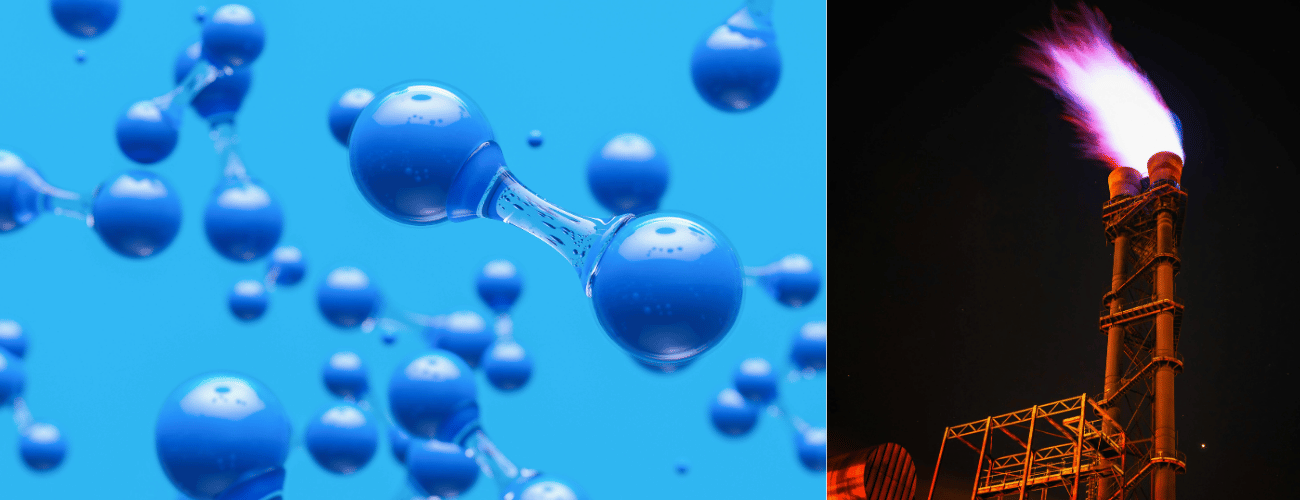
Principle: Solid oxide electrolysis cells are the reverse operation of solid oxide fuel cells, used to electrolyze water or carbon dioxide, producing hydrogen, syngas (a mixture of carbon monoxide and hydrogen), and oxygen on the other end.
Design: Similar to SOFCs, SOECs also include an anode, cathode, and solid oxide electrolyte, using similar materials:
1. Cathode (Reduction Electrode): Made from a composite of metal and ceramic, such as nickel-zirconia (Ni-YSZ).
2. Anode (Oxidation Electrode): Usually made from lanthanum strontium manganite (LSM).
3. Electrolyte: Similar to solid oxide fuel cells, it uses dense ceramic stabilized zirconia materials, such as yttria-stabilized zirconia (YSZ).
Applications: SOECs are primarily used in large-scale hydrogen production, syngas manufacturing, and carbon capture and utilization (CCC&CCU). Their high efficiency makes them an important choice for renewable energy storage and water electrolysis technologies.
Porite Taiwan’s Involvement: Specializing in the production of green hydrogen solid oxide electrolysis cells, Porite Taiwan produces metal interconnects, a core component recognized for having the highest energy conversion efficiency in the market. As the market's focus on hydrogen energy grows, the demand for hydrogen production equipment is emerging. The commercialization of these technologies is expected to accelerate, and Porite Taiwan continues to assist clients in the related fields to develop their technologies and equipment.
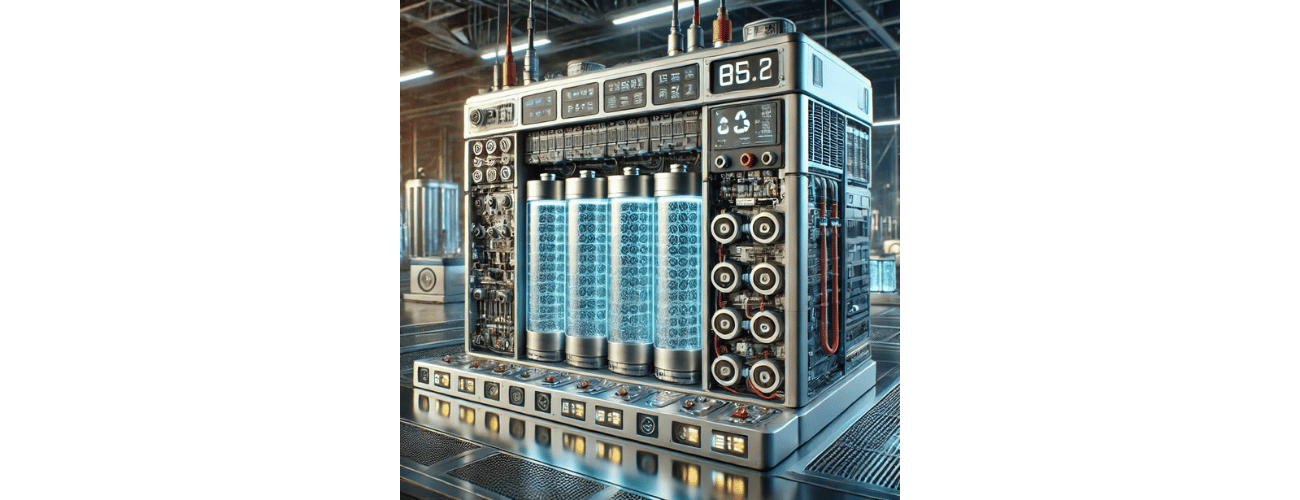
Principle: Energy storage equipment is designed to store electrical energy for release when needed. Major energy storage technologies include batteries (such as lithium-ion batteries and lead-acid batteries), compressed air energy storage (CAES), and supercapacitors.
Design:
1. Lithium-ion Batteries: Consist of cathode materials (such as LiCoO2), anode materials (graphite), and electrolytes (lithium salt solutions).
2. Compressed Air Energy Storage (CAES): Uses compressed air to store energy, suitable for large-scale energy storage.
3. Supercapacitors: Store electrical energy using an electric field, suitable for applications requiring high power.
Applications: Energy storage equipment is widely used for grid stabilization, renewable energy integration, peak shaving and load leveling, and backup power.
Porite Taiwan’s Involvement: Porite Taiwan is currently focusing on expanding its business and technological development in the supercapacitor and hydrogen storage sectors. New projects are undergoing various tests and sample deliveries, with potential opportunities for mass production in the future.
Porite Taiwan produces materials for hydrogen storage, including metal hydrides and sponge metals (titanium, stainless steel).
